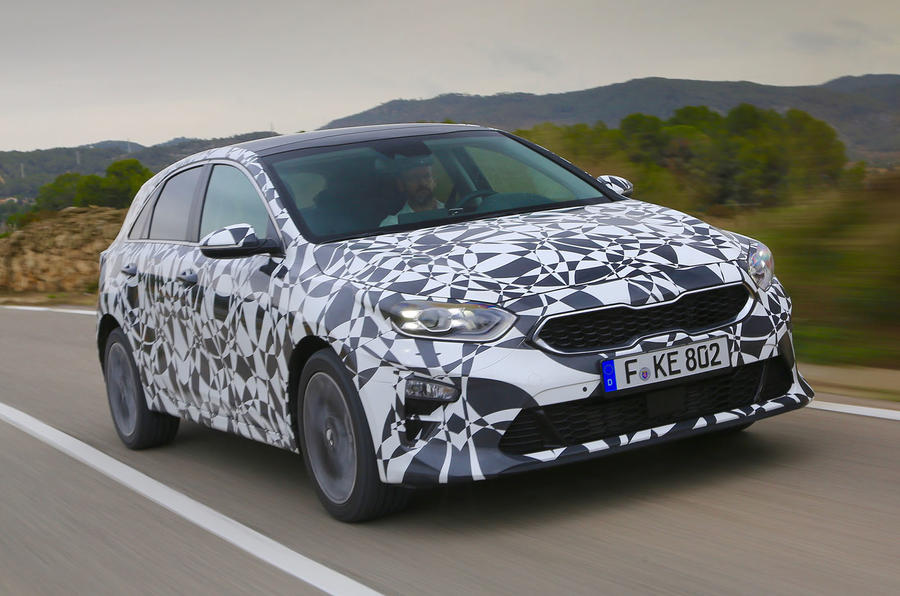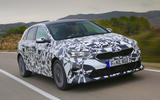What is it?
Hold the front page, the new Kia Ceed isn’t just built on a new platform: they’ve gone and got rid of the apostrophe too. The new Kia Ceed, then, replaces the cee’d, and even gets an uppercase first letter in the process. How conventional.
Seriously, how conventional? Pretty conventional. This is the replacement for the European-designed, engineered and built Kia cee’d that has been in service since 2012, and it picks up similar themes. This steel monocoque, front-drive, new ‘K2’ platform contender sits in what Kia calls the ‘C1’ segment, alongside the Ford Focus, Vauxhall Astra, and other non-premium hatchbacks. This one’s a five-door hatch. There might be a more premium Ceed variant along later.
It’s on the money in terms of size, then, at 4.31m long, the same as before, and with the same 2650mm wheelbase, although everything in the new car’s cabin has been, they say, shifted backwards by 68mm.
What that means, if I understand it right, is that anything cabin-related now happens a bit further rearwards than before: they’ve moved the driver’s hip-point back and down a bit and then redesigned around that, with a requisite shorter front and longer rear overhang.
That all helps crash protection, apparently, and visibility around the A-pillars too, though those are set slightly further back than before, in an effort to make the bonnet meld less discreetly into the glass area, so it’s all more striking.
It kinda works, too, not that you can tell too much from these pictures of it in disguise, but it looks a little more bold, a little more premium, a little more Peugeot 308 than before. While the car has not been revealed yet, we've had a drive in a pre-production version to get a first taste.





























Join the debate
Add your comment
The color of the car just
The color of the car just feels so nice!
I am a blogger at a Indian beauty Tips site and Vacation spots in india
Styling wise...
...this new Ceed is a (big) step rearwards of Kia, as well as the new sister-compact Hyundai i30 is, compared with the old generation. OThis is one 100% subjective opinion, of horse. :-)
The german design signature (Peter Schreyer ex-Audi) is now allover the corean products, and that' no good metkinks -- although some technical uerman updates (v. Biermann) might be positive for the sheer driving pleasure.
Ahm, not to forget the (nearby) german prices also...
Deserves to do well
And probably will.
Yet another nail in Vauxhall’s coffin methinks....